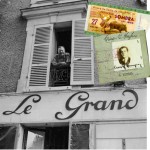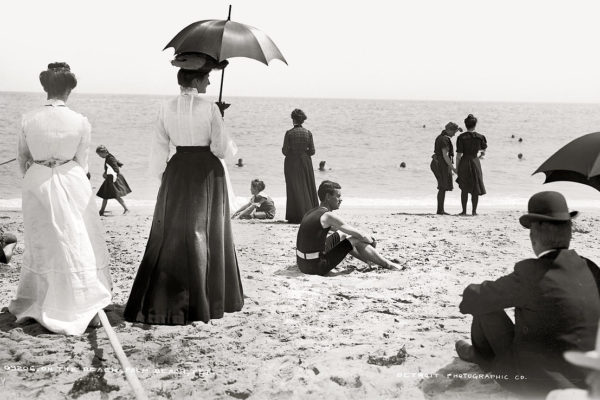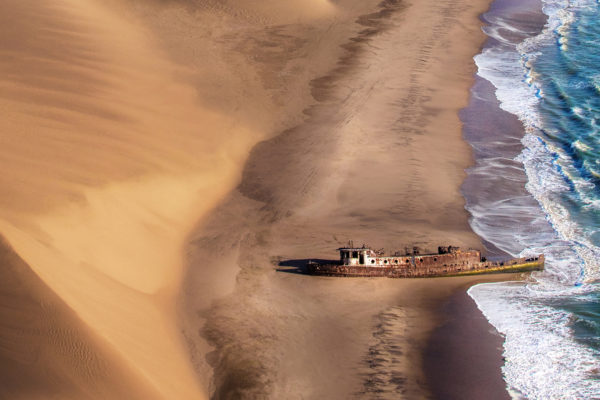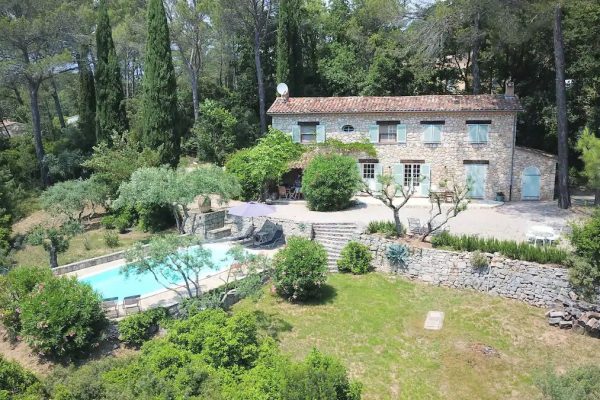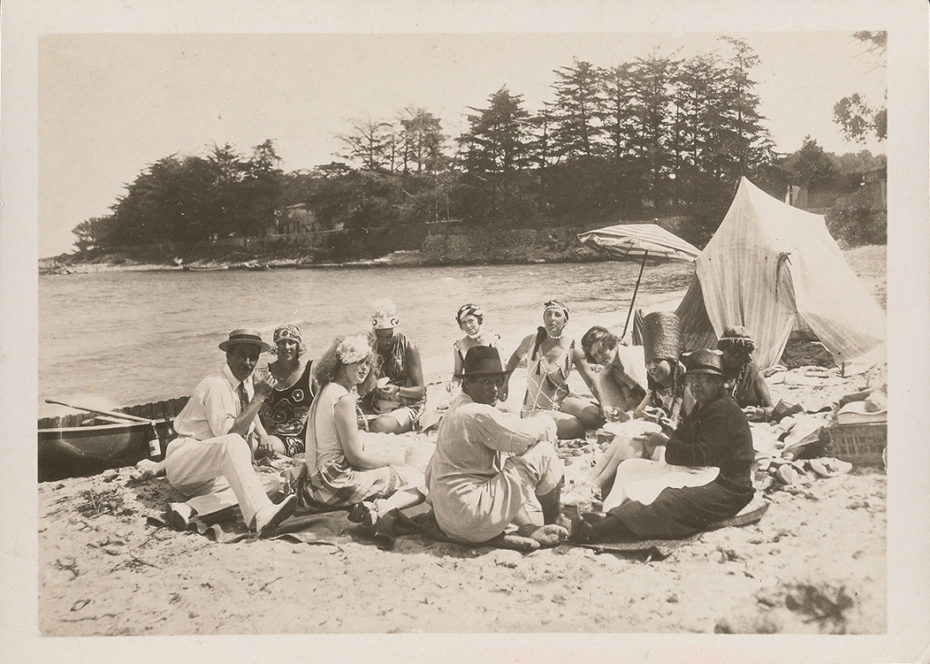
In the summer of 1923, an American husband and wife could be credited with two rather surprising things. Their name is seldom remembered in the context of the glamorous 1920s, but the French Riviera became the summer destination it is today thanks to the infectious expatriate couple known as the Murphys. Gerald and Sarah convinced their circle of friends to summer with them in Cap d’Antibes at a time when the fashionable only wintered there, leaving the region abandoned during the high summer months. Their pals included a young Pablo Picasso, Ernest Hemingway, Scott and Zelda Fitzgerald, Dorothy Parker, Cole Porter, Stravinsky, Jean Cocteau and a great number of artists and writers of the Lost Generation who fell into the couple’s orbit.
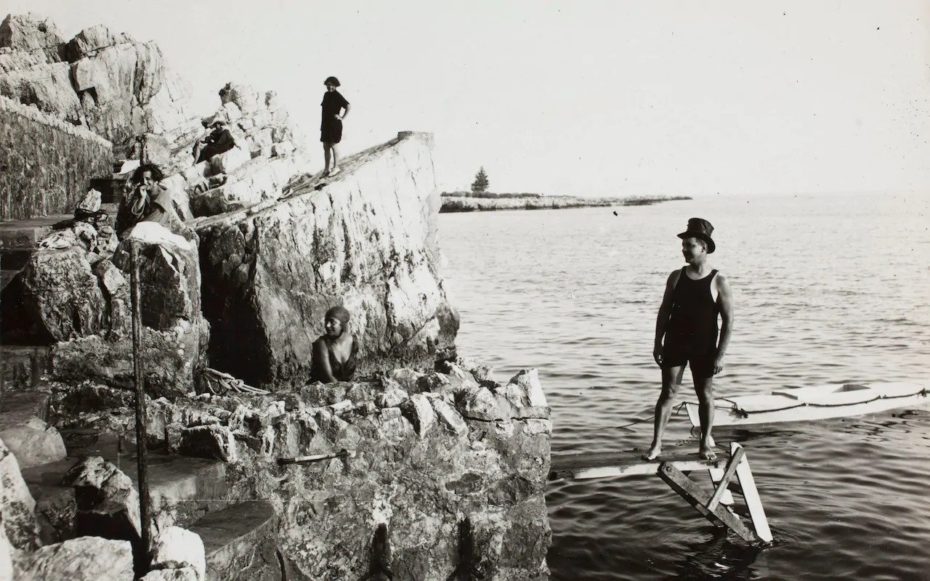
The second thing they could be credited with? Making sunbathing fashionable. Lying in the sun for one’s enjoyment wasn’t yet an integral part of European summer culture before the Murphys came along and introduced their globe-trotting guests to the joys of worshipping the sun gods. Talk of an American couple hosting beach picnics and parties à la Mad Hatter spread fast around the Parisian café society of Montparnasse, and it wasn’t long before an invitation to summer in the south with the Murphys would have been worth its weight in gold.
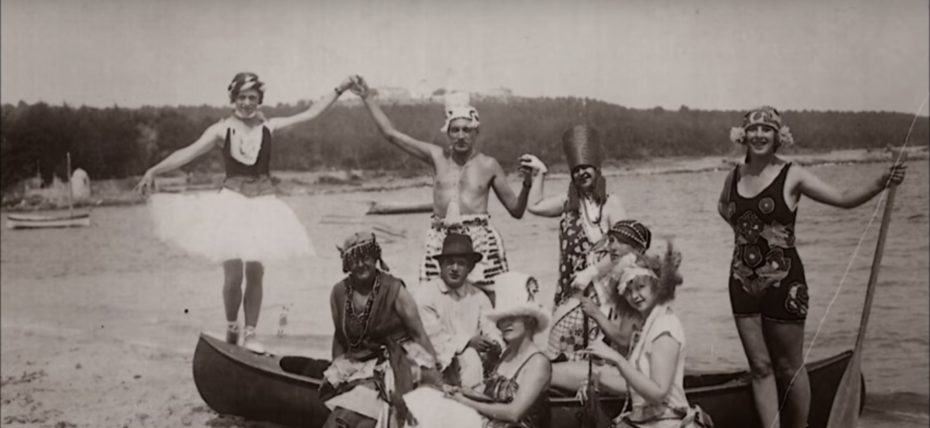
When they first arrived on the riviera, the hotels were closing up for the summer season, but the persuasive couple managed to convince the now-famous Hotel du Cap to stay open, promising to entice more friends to join them. They set up their parasols and stripy beach tents on a deserted La Garoupe, today one of the most sought-after beach spots on the riviera. But in those days, they had those untouched beaches and glistening shores all to themselves.
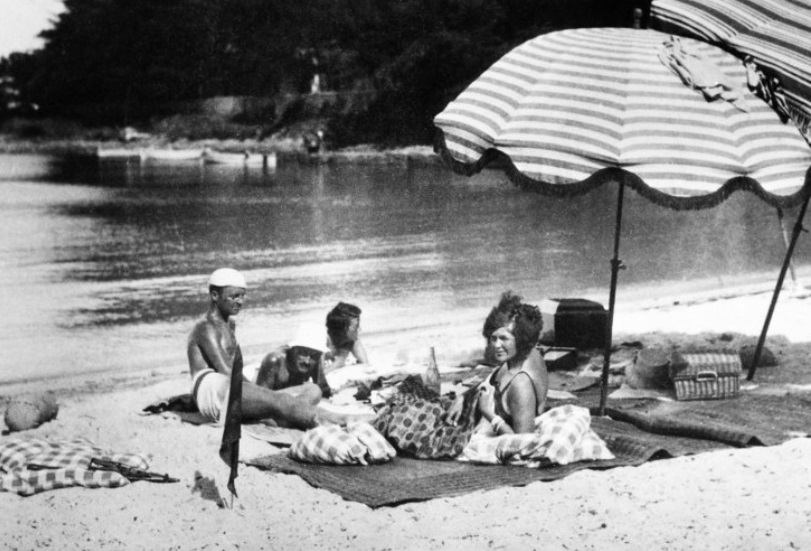
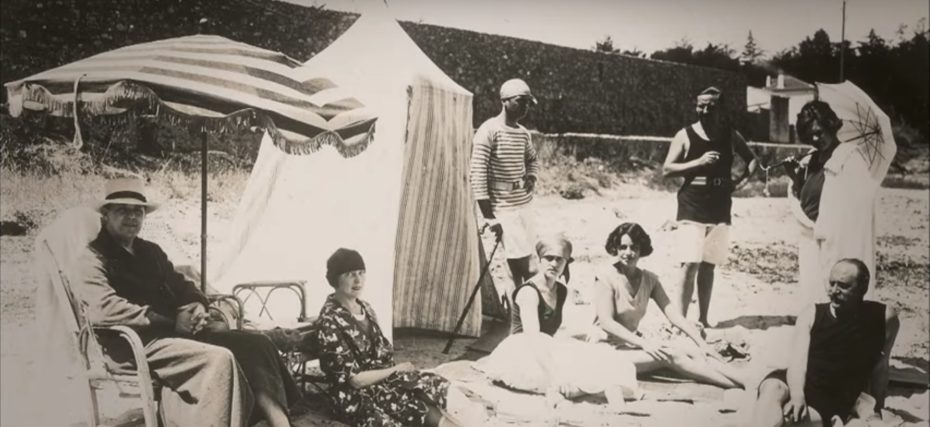
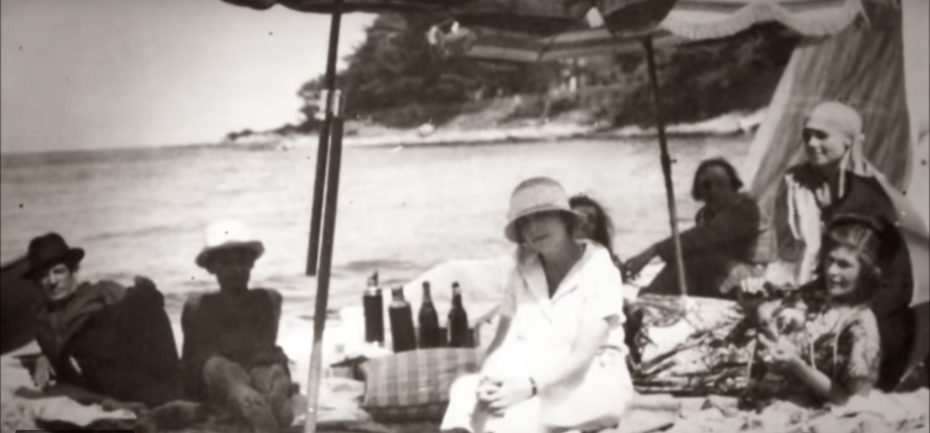
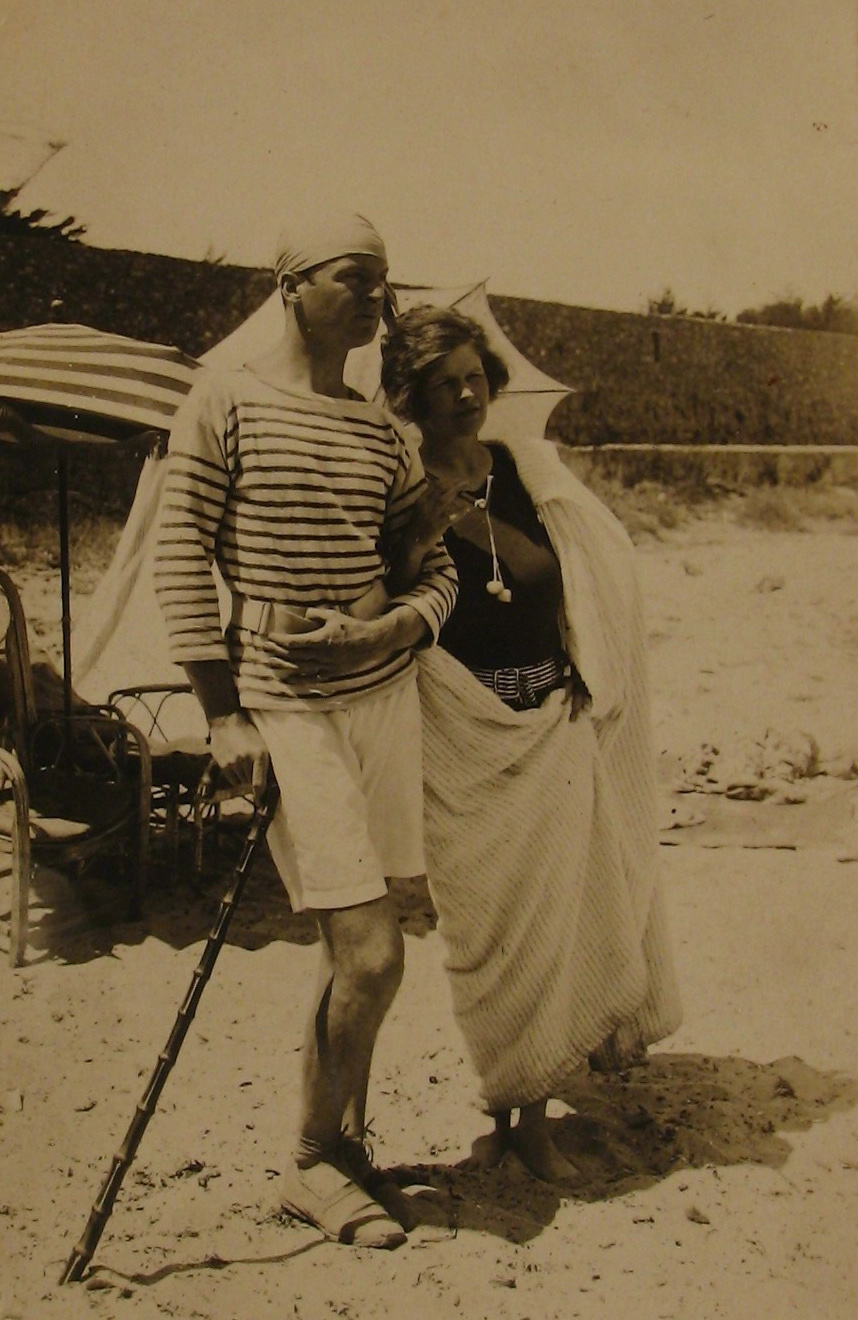
Both Sarah and Gerald came from wealthy families, but moved to Paris in 1921 to get away from disapproving parents and the pressures of New York society. In Paris, the creative couple volunteered to work as unpaid apprentices for Serge Diaghilev at the Ballets Russes, helping around backstage. It was through this scene that they began making the kind of friends that would go on to become the most famous names in arts and literature.
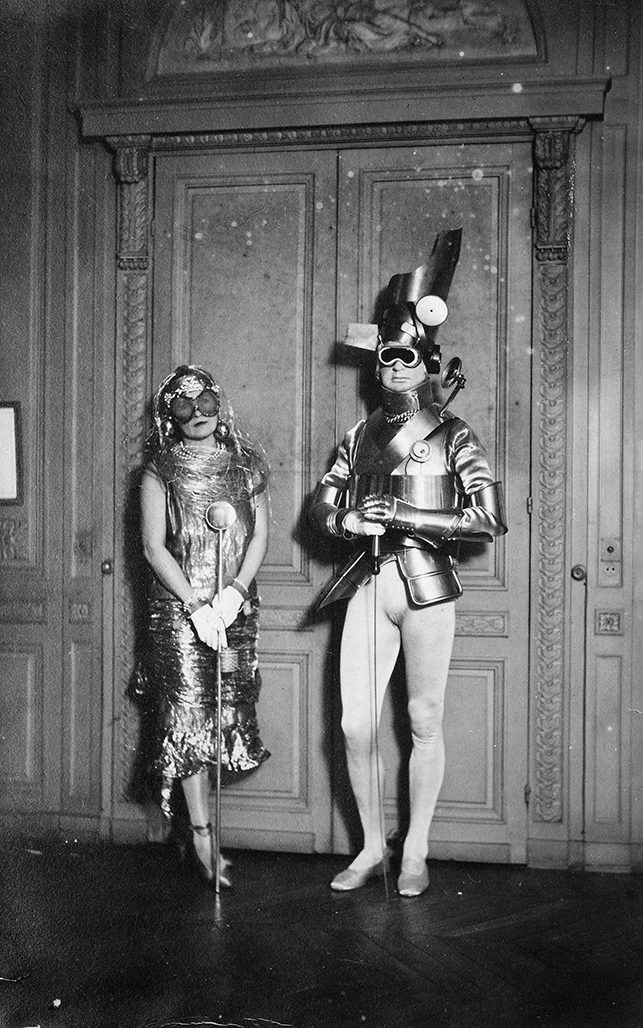
May Ray photographed them at lavish society balls. Ernest Hemingway developed a crush on Sarah. Picasso would paint her portrait five times. F. Scott Fitzgerald would write a book about them, inspiring his characters Nicole and Dick Diver in Tender Is the Night.
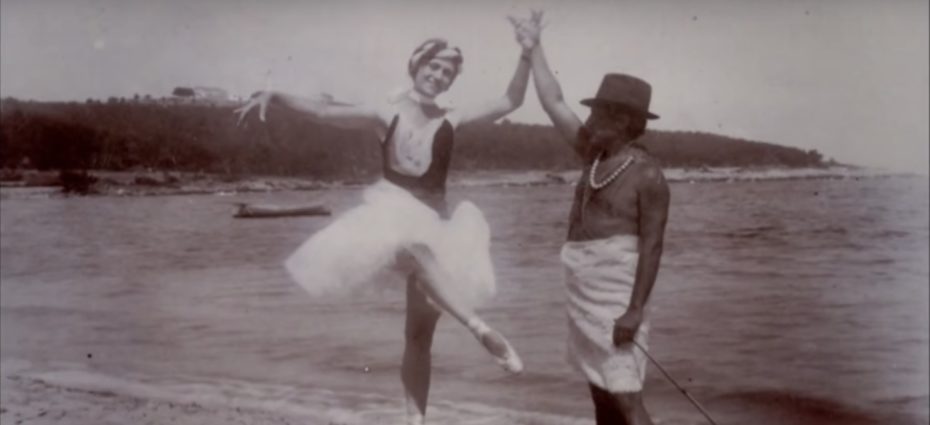
It was on the beach, La Garoupe, that they first met Picasso and his first wife, Olga Stepanovna Khokhlova. Intrigued by the fun-loving American couple, the artist and ballet dancer were lured to the empty Hotel du Cap and decided to move in for the summer too.
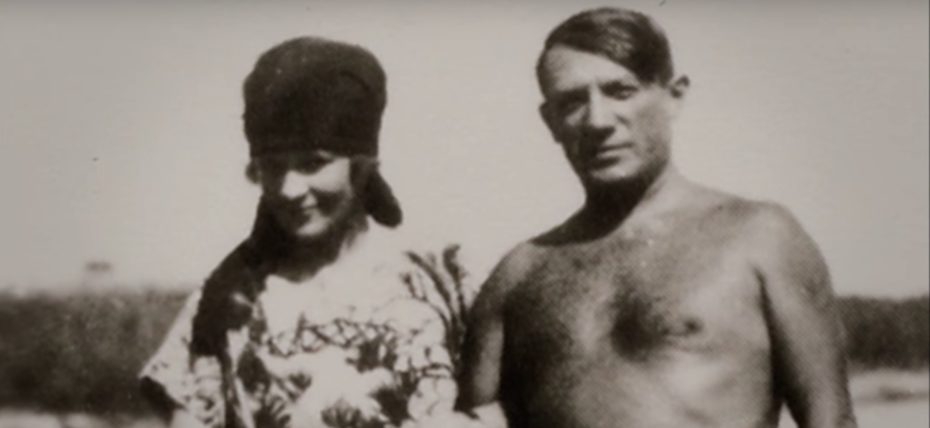
Sarah was beautiful and charming, but also very direct, which Picasso liked – some suggest they may have been lovers, but she certainly became his muse. Gerald was more reserved, but funny, and had a brief but significant career painting pop art, four decades before Warhol turned it into a movement.
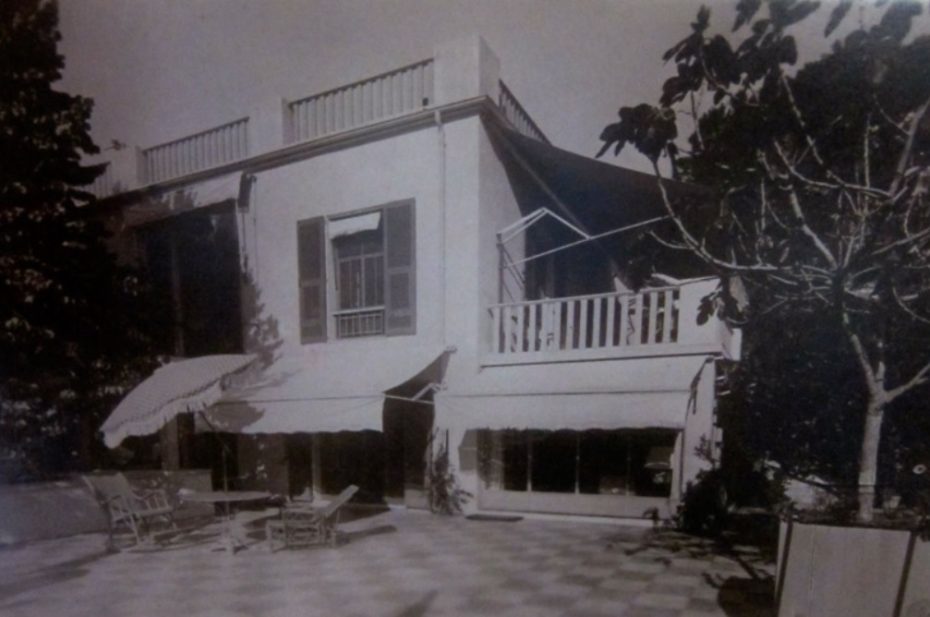
The Murphys later purchased a house in Cap d’Antibes and named it Villa America. This was a villa that acted like the summer HQ of the Lost Generation. On any given day you might have found Picasso and Hemingway sharing a whiskey in the parlour, or Jean Cocteau and Stravinsky in the kitchen, packing a picnic with Sarah.
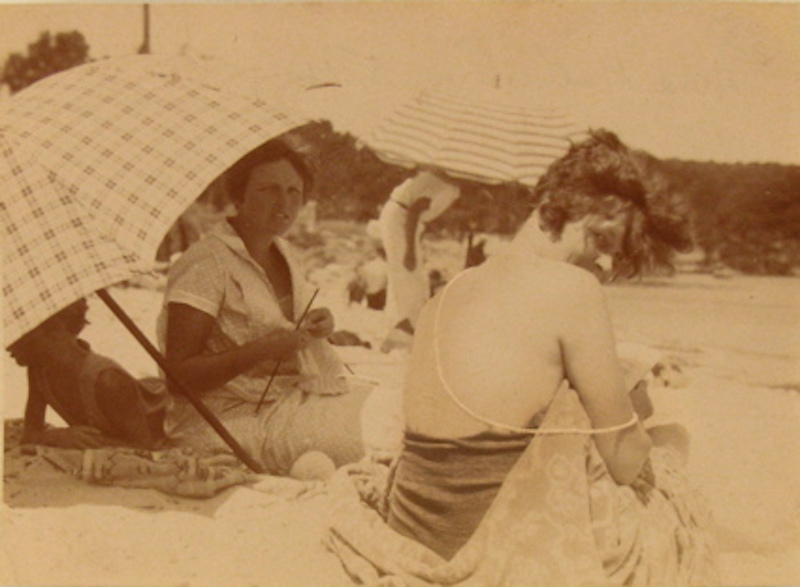
Sarah was an expert hostess, particularly when it came to beach picnics. Her family built a 30-room mansion in the Hamptons they called “The Dunes”. On 600 acres, it was the largest estate in East Hampton up to that time, but was sadly demolished by the Murphys in 1941 when, unable to sell, they could no longer afford to maintain it. But Sarah had spent endless summers on the beaches of East Hampton, playing games all day in the sun, living in the sand. She brought that life to the French riviera, and set up camp at La Garoupe with Gerald, inviting some of the most fascinating characters of the 1920s to join them for a summer they would surely never forget.
Further reading…
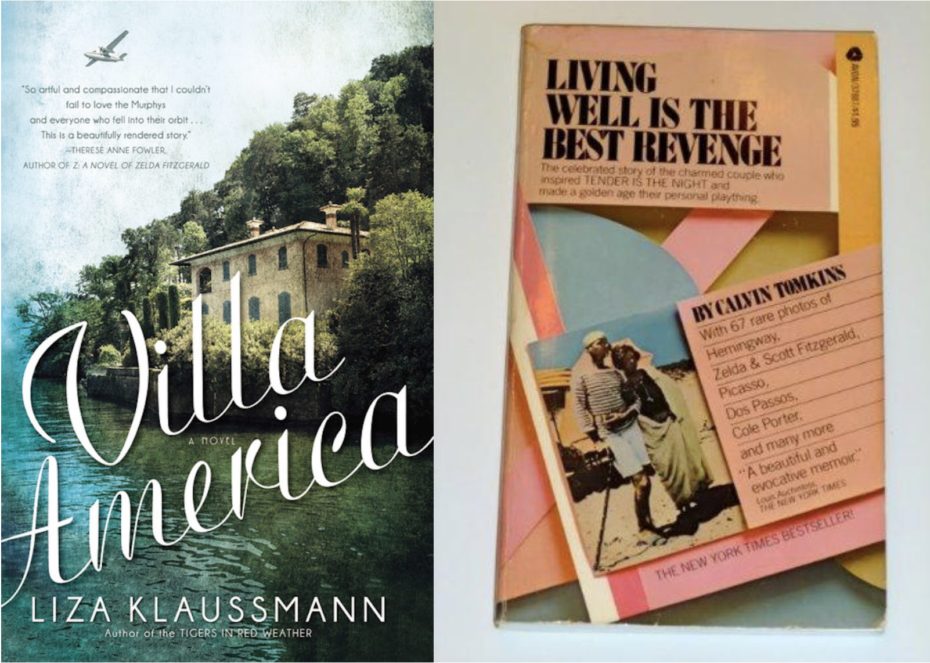
Living Well Is the Best Revenge is a must-read (and a must-have on your coffee table) by Calvin Tomkins, who was the Murphy’s neighbor after they moved back to America. Tomkins coaxes recollections from them in this enchanting memoir first published in 1971, and the book also includes sixty-nine intimate photographs collected from the Murphys’ family album, along with several of Gerald Murphy’s remarkable paintings. Then there’s Liza Klaussmann’s more recent novel, Villa America, based on the lives of Sara and Gerald Murphy, the perfect nostalgic novel to end summer with.


